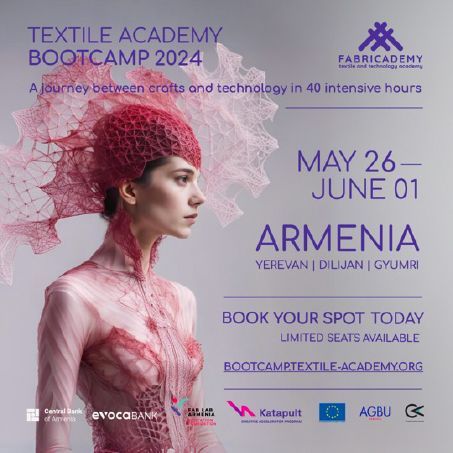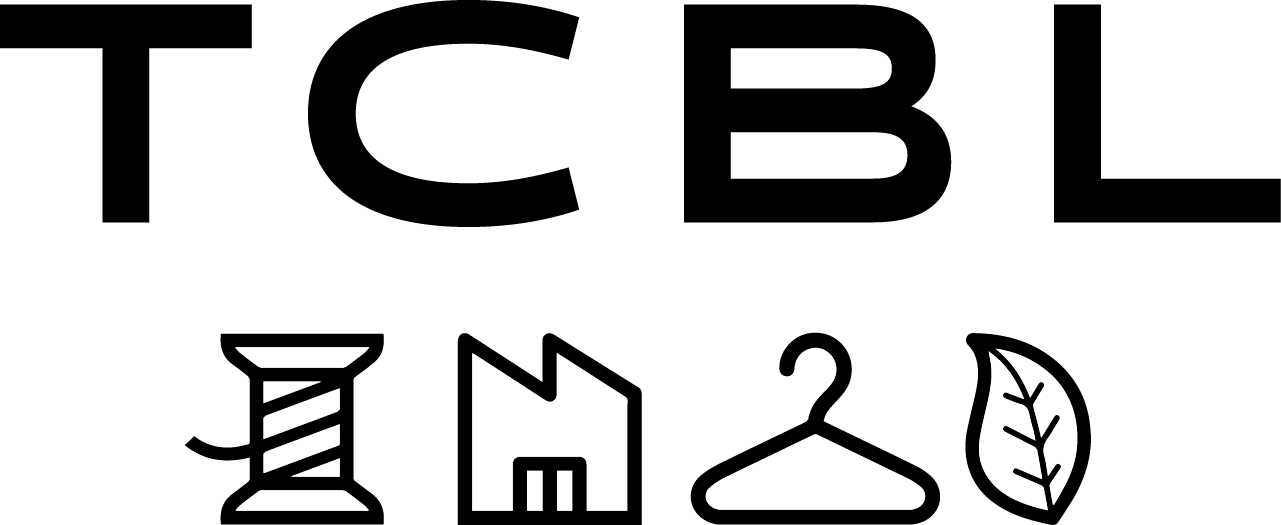
N ° 3 0 M A R C H 2 0 2 4
Want to participate?
March 7, 2024, in Antwerp, in person, welcome to our day on the local and inclusive dynamics of the textile sector in the context of the Herewear project.
April 9-10 and 11, online, we moderate three 90-minute round tables on three themes: bioeconomy, local production systems and engaged textile communities, in parallel with the New European Bauhaus Festival 2024.
Find key information on these events at the bottom of this page and enjoy reading.

BIOSOURCED
Herewear
Long fibers help minimize the release of micro-plastics.
It is therefore preferable to favor them. They can come from two sources, natural fibers or biosourced fibers, formed from pulp resulting from the transformation of biomass, preferably secondary. Reducing these releases of micro-plastics is an important area for improving the environmental footprint of the textile-clothing sector.

SUSTAINABILITY
Shoedes
Taking advantage of their Parisian presence, the project partners took the time to visit the Crecendo Show and through their interviews with different manufacturers and brands, have better understood the complexity of the issues linked to the sustainable transformation of the footwear sector and the reality of an hourglass market.

EDUCATION
Herewear
In partnership with ENSAD Paris, textile design students worked for two weeks to create three bio-sourced, local and circular projects. The innovation process was supported by presentations from all Herewear partners, and coached in the field by UAL and TCBL.
The project: Application of Herewear design tools to textile practice Project

BIOMIMETISM
B-Fiber (code name) is a fiber born from observing the structure of polar bear hair by the École des Mines (France) and the University of Zhejiang (China). It is made up of polymer gel cores, which provide protection against the cold, surrounded by thin layers of rubber, to allow the elasticity of the fiber. READ
(DE)POLYMERIZATION
Hyosung (Korea) produces textiles made from 80% fishing nets recovered from the bottom of the oceans and combined with 20% Spandex. Recycling discarded fishing nets requires significant prep work of cleaning, removing algae or animal debris, and selecting fibers not entirely attacked by salt. To do this, Hyosung uses depolymerization techniques before repolymerization. READ

SECTOR
Waiting for new figures. For the textile industry to reduce its production and thus significantly reduce its environmental impact, it is necessary to better understand the annual production of clothing in the world, today estimated at 60-150 billion items of clothing produced each year. By pooling their figures, the very large manufacturers could reason on common bases, but their classic business models (high volumes = low prices) would require them to declare the very large quantities voluntarily produced (= future unsold items to be destroyed or to recycle). READ
ADVOCACY
The En Mode Climat Association brings together actors who wish to promote a new ecological mentality in the sector, initiate collective initiatives, inform on practices and resist economic lobbies in order to achieve the objectives of the Paris Agreement. An initiative that we applaud at TCBL, because it is based on the observations, dreams and energies of new entrepreneurs in the sector. READ
SUSTAINABILITY
The wardrobe of versatile basics? Since our economic systems are usage oriented, it is preferable to compare the cost to carry of clothes between them, than to compare the purchase price. This cost also implies quality, know-how, durability and the emotional connection with the garment... while the price is the accounting result of linear production (excluding induced effects, because not counted, on ecology, society and the economy).
CLIMATE CHANGE
A new study on sclerosponges (underwater sponges) shows that warming began in 1860. It leads to bringing forward the reference period by 50 years (1800-1850 instead of 1850-1900), and thus increases the global average temperature change by 0.5°C compared to that of the IPCC reports. READ


March 7, 2024, 10 a.m.-4 p.m., Antwerp / Circuit Think about the local and inclusive dynamics of the textile sector Read

April 9, 10 and 11, 2024, online, 5-6:30 p.m. Three themes: bioeconomy, local production systems and engaged textile communities. Contact info@tcbl.eu

February 13 - May 26, 2024, London 50 textile artists use this medium to communicate about power, resistance and survival. Read

May 26 - June 1, 2024, Armenia The Fabricademy annual bootcamp is aimed at anyone who is curious to learn new techniques and implement soft manufacturing strategies into their practice. Create kilim rugs, dye wool with local natural colors, 3D print on fabrics, make modular clothing, experiment with e-textiles and much more! View the full schedule HERE
TCBL Association is an ecosystem of labs, businesses and platforms connected to develop radical transformation of the textile and clothing industry: People Like You! Are you ready to make a difference? Find out about membership here
Do you have questions or comments about the topics in this newsletter, or ideas about the textile industry? Do not hesitate to contact us :
contact@audasud.fr
Publication director: Frédérique Thureau
This newsletter is published by: Audasud
8 Avenue Victor Hugo, 34200 Sète - France
Copyright © 2023 Audasud
Add us to your address book




